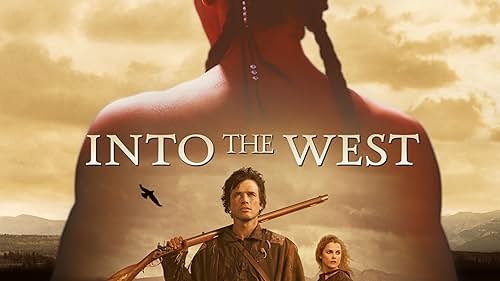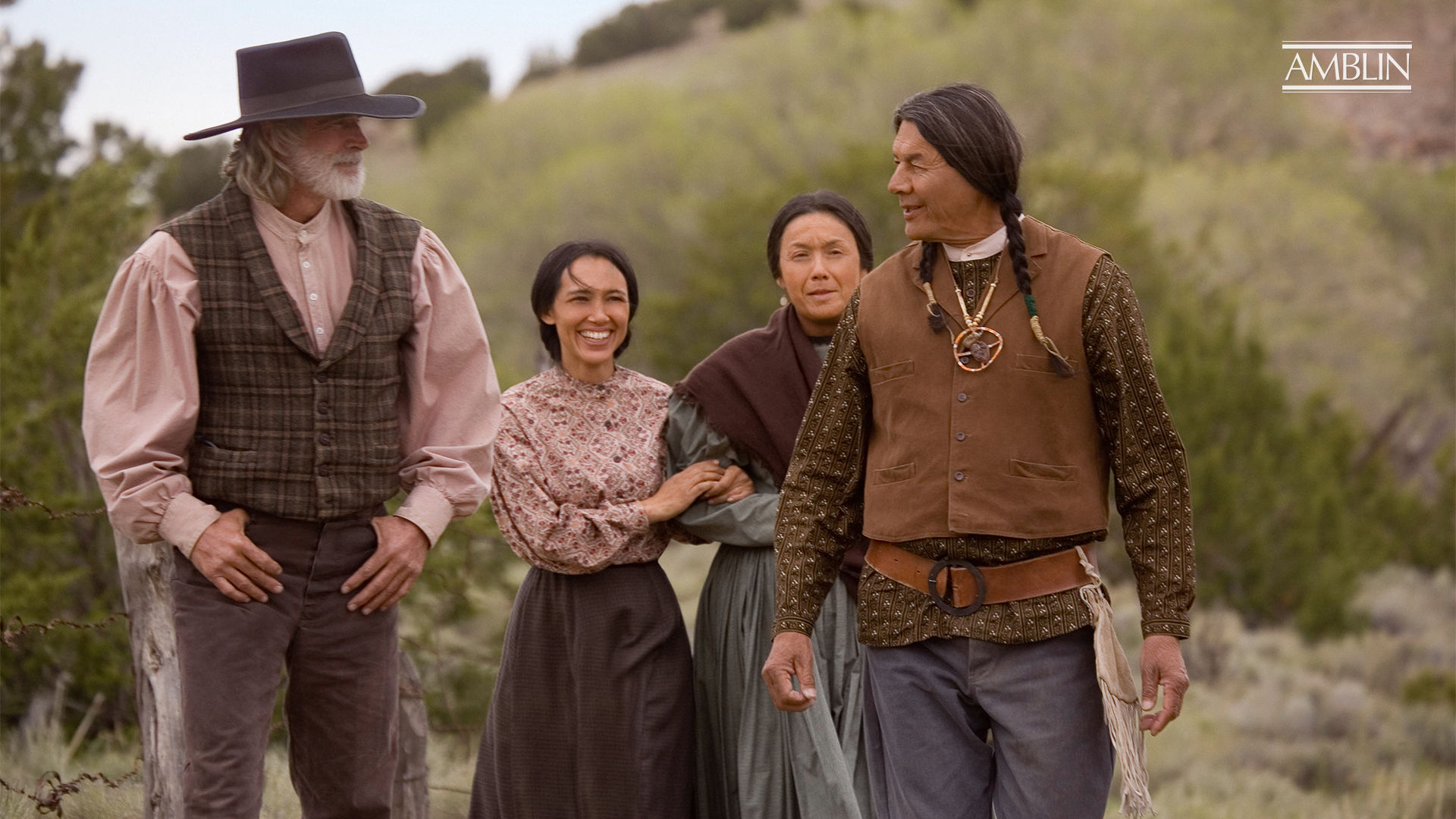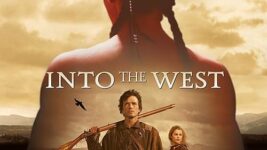Into the West (2005) HD Movie
June 2, 2025
Into the West (2005) – Movie Review
Spanning generations, oceans, and destinies, Into the West (2005) is not merely a Western miniseries — it’s a sweeping, emotional epic that captures the transformation of a nation and the soul of its people. Executive produced by Steven Spielberg, this six-part television event merges breathtaking visual storytelling with deeply human drama, exploring the collision between two worlds: the Native American tribes whose lives were shaped by the rhythms of the land, and the settlers whose dreams of progress would forever alter that landscape.
With its rich characters, poignant symbolism, and stunning cinematography, Into the West is a masterclass in narrative scale and historical empathy — a story of expansion, resistance, and the deeply personal cost of “manifest destiny.”

Plot Summary
At the heart of Into the West lies the intertwining saga of two families: the Wheelers, a white American family of wheelwrights and pioneers, and the Lakota tribe, represented by the gentle, visionary character White Feather, later known as Loved by the Buffalo. Beginning in the early 1820s and ending around the 1890s, the miniseries traces the generational impact of the Westward expansion, with each episode unfolding a new chapter of change, conflict, and cultural upheaval.
As the Wheeler family members head west in pursuit of fortune, land, and legacy, they encounter a world unlike anything they imagined — one where nature is unforgiving, the frontier is brutal, and the people who already inhabit the land are not the savages their myths described. At the same time, we follow White Feather’s journey from a child having visions of the future to a spiritual elder watching his people’s traditions slowly vanish beneath the iron tracks of progress.
The story journeys through monumental historical events — the California Gold Rush, the building of the Transcontinental Railroad, the Sand Creek Massacre, the Battle of Little Bighorn, Wounded Knee — while anchoring them in the lives of its characters, making history feel immediate, intimate, and deeply personal.

Artistic Execution
Visually, Into the West is a triumph. From the arid plains of the Great Basin to the snow-laced ridges of the Rockies, every frame is a painting in motion. The cinematography captures not just the scale of the American frontier but the spiritual connection the Native characters have with the land — wide, reverent shots of horses galloping through open fields, wind sweeping over sacred hills, and fires crackling in silence beneath starlit skies.
The costume and production design are meticulously crafted, immersing viewers in the textures, colors, and realities of 19th-century life. Whether it’s the detail of Lakota ceremonial garb or the grime of a frontier mining town, authenticity is woven into every stitch.
The direction varies across episodes but maintains a coherent tone — reflective, mournful, yet pulsing with life. The use of native languages, dream sequences, and voiceover narration adds to the immersive, sometimes mythic feel of the series.

Performances
The ensemble cast delivers powerful, often understated performances. Irene Bedard shines with spiritual resonance as Margaret Light Shines, a Lakota woman caught between two worlds. Matthew Settle and Skeet Ulrich are compelling as members of the Wheeler family, their optimism and stubbornness slowly transformed by time and experience.
Special mention must go to Tatanka Means and Zahn McClarnon, whose portrayals of young Lakota men are filled with dignity, anguish, and fierce heart. These performances are not only emotionally affecting but also historically essential, giving voice to a culture that has too often been misrepresented or ignored in popular media.
Even supporting characters, including historical figures like Kit Carson, Abraham Lincoln, and Crazy Horse, are portrayed with nuance, neither idealized nor vilified, but fully human within a complex world.

Emotional Impact
Into the West is a story of loss — of land, identity, belief, and connection. But it is also a story of resistance, resilience, and the power of storytelling itself. The most emotionally gripping scenes are not the battles, but the quiet moments: a father passing down a sacred story to his son, a child burying a feather in the dirt, a woman silently weeping at the edge of a railroad.
These are the moments where history stops being a series of facts and becomes human again — where the enormity of change and suffering is distilled into one look, one choice, one breath.
By the time the final episode ends, with ghostly echoes of the past riding on the wind, the viewer is left with a deep sense of reverence and sorrow — not just for what was lost, but for what was never fully seen.
Tone and Pacing
The tone of Into the West is poetic and solemn, yet not without wonder. It walks the line between romanticism and realism with grace, never shying away from the brutal truths of genocide, assimilation, and broken promises — yet always anchoring its story in compassion and hope.
The pacing is deliberate, unfolding like a novel. Each episode spans years, sometimes decades, which allows for deep emotional investment. This slower rhythm is a gift, giving space for reflection, cultural nuance, and character development.

Final Verdict
Into the West (2005) is more than a television series — it’s an elegy for a vanished world and a tribute to the stories that endure. Ambitious in scope yet intimate in spirit, it challenges the myths of the American West while honoring the voices that history tried to erase.
It is not always easy to watch, but it is always important. Rich in emotion, artistry, and historical truth, Into the West remains one of the most powerful and unforgettable explorations of American identity ever put to screen.
Rating: 9.5/10 – A soul-stirring epic that rides straight into the heart of memory, land, and legacy.

